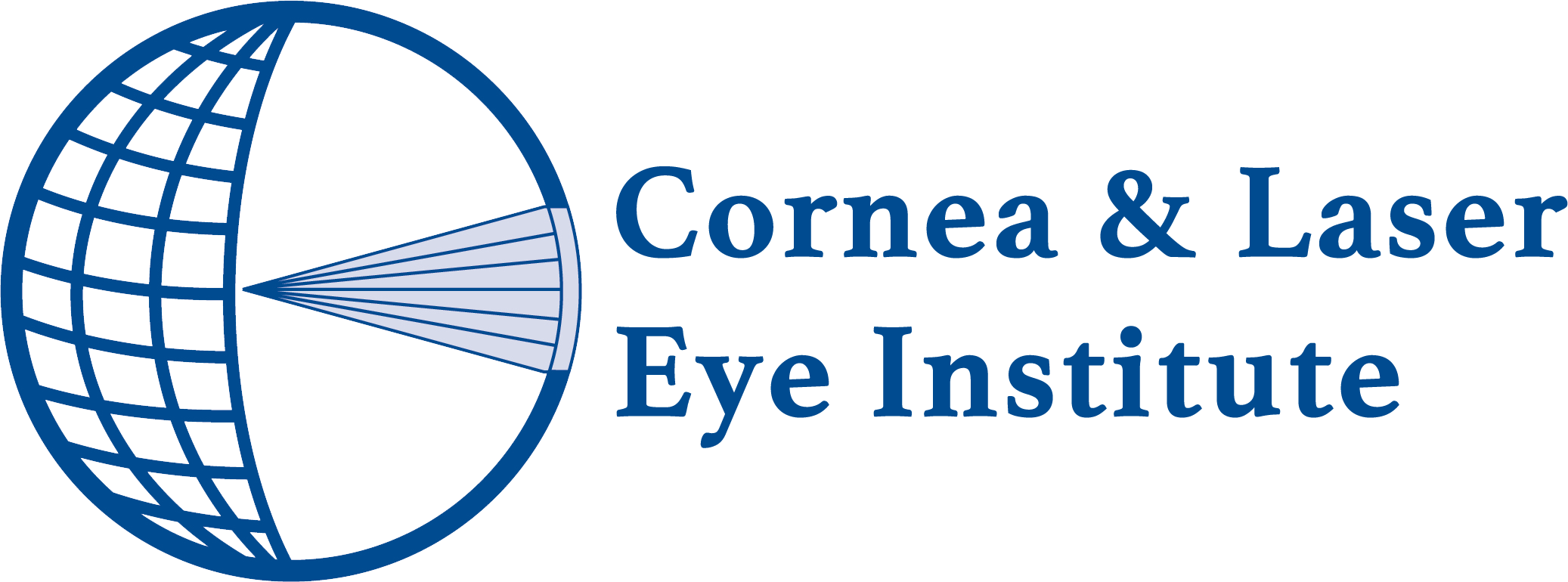Our eyes work hard every day, so it’s no surprise that sometimes they need a little extra attention. Cataracts, dry eye, and myopia are three common conditions that can make seeing clearly a real challenge. Whether it’s blurry vision, constant irritation, or trouble focusing on faraway objects, these issues can pop up for just about anyone. The good news? Knowing what’s going on with your eyes is the first step to keeping them healthy and sharp.
1. Cataracts
Does your vision feel like it’s become less clear over the years? If you’re in your fifties, sixties, or older, you may have developed cataracts. Cataracts occur when the lens of the eye becomes cloudy, making your vision less clear. If you suspect you may be developing cataracts, take our cataract self-test.
When cataracts develop, the world around you will become harder to see. And if left untreated, cataracts can even cause vision loss. The good news? Cataracts are treatable with laser-assisted cataract surgery, one of the most common eye surgeries performed.
Cataract surgery involves removing a cloudy lens and replacing it with an artificial intraocular lens (IOL) to restore clear vision. We specialize in premium femtosecond laser-assisted cataract surgery (FLACS), a highly precise cataract procedure. During surgery, numbing drops are applied to your eye before a small corneal incision is made. Using phacoemulsification, an advanced ultrasound technique, the cloudy lens is broken into tiny fragments and gently removed. A permanent IOL is then implanted, typically without the need for stitches.
The choice of IOL depends on your specific vision needs, with options including Light Adjustable Lenses (LAL), trifocal lenses, and extended depth of focus lenses, which can enhance distance, intermediate, and near vision to varying degrees.
2. Dry Eye
Living in a digital age has many pros and cons. One great thing about the digital world is how connected we are to the world around us, no matter where we may be. But increasingly, people are finding this may not be the best thing, especially for your vision. Sitting in front of laptops, second monitors, tablets, and smartphones means we’re almost never disconnected from technology.
This constant connection means your eyes are taking the brunt of the damage in the form of eye strain. Along with eye strain, many people are suffering from dry eye. Dry eye occurs when the eye’s tear film is negatively affected. Sufferers of dry eye could have dry, scratchy eyes, or eyes that tear up uncontrollably.
Although there is no cure for dry eye, there are many treatments available. In mild cases, artificial tears and lifestyle changes may be enough to bring a patient relief. For more serious cases, other treatments are available to control the symptoms of dry eye. These include, prescription eye drops, punctal occlusion, meibomian gland expression, intense pulsed light (IPL), and radiofrequency therapy (RF), just to mention a few. Even if you aren’t diagnosed with dry eye, it’s important to take breaks away from your computer screens and devices.
3. Myopia
Myopia, commonly known as nearsightedness, is a prevalent refractive error where distant objects appear blurry while close objects remain clear. This condition arises when the eye elongates excessively or the cornea curves too steeply, causing light to focus in front of the retina instead of directly on it. Recent studies indicate a significant increase in myopia cases, particularly among children and adolescents, with projections suggesting that nearly 50% of the global population may be affected by 2050.
Traditional methods to correct myopia include eyeglasses and standard contact lenses, which adjust the eye’s focusing power to provide clear vision. However, these solutions do not address the progression of myopia over time. Advancements in myopia management have led to the development of specialized treatments aimed at slowing its progression. One such treatment is the MiSight soft contact lens, the first and only FDA-approved contact lens specifically designed to slow myopia progression in children. These single-use, daily disposable lenses have been available globally since 2009 and are supported by a seven-year study demonstrating their efficacy.
Another innovative approach is orthokeratology (Ortho-K), which involves wearing specialized contact lenses overnight to gently reshape the cornea temporarily. This non-surgical method provides clear vision during waking hours without the need for daytime corrective lenses. Research has shown that Ortho-K can effectively reduce myopia progression in developing youth, making it an excellent option for teenagers who aren’t yet suitable candidates for LASIK eye surgery.
Custom soft or hybrid multifocal contact lenses are also employed when standard treatments are insufficient. These lenses are tailored to the individual’s prescription and have shown promise in managing myopia progression. Implementing these specialized contact lens treatments can help manage myopia progression, potentially reducing the risk of associated complications and improving long-term visual outcomes.
There are also surgical options once your prescription has stabilized:
- LASIK (Laser-Assisted In Situ Keratomileusis) is one of the most common procedures, reshaping the cornea to sharpen your focus.
- Another option is PRK (Photorefractive Keratectomy), a surface ablation procedure that removes the outer layer of the cornea before reshaping it underneath. PRK can sometimes treat higher prescriptions than LASIK, especially for people with thinner corneas.
- For those with very high levels of myopia (or hyperopia) that go beyond what LASIK can correct, EVO ICL (Implantable Collamer Lens) may be a better fit. This procedure places a special implantable lens in front of your natural lens, offering clear, sharp vision without removing any tissue.
These treatments can offer long-lasting results, but they’re typically recommended only after your prescription has remained stable for a while to make sure you get the best outcome.
Want to learn more about these common eye conditions? There’s never been a better time to schedule an appointment to talk with one of CLEI’s experienced eye doctors. Keeping up to date on yearly comprehensive eye exams will keep your eyes in the best health possible!
And if you suspect you have one of the conditions mentioned in this article, don’t hesitate to get in touch. At CLEI, our team of eye care specialists has decades of experience performing cataract surgery using the latest and most advanced surgical techniques, a comprehensive range of treatment options for dry eye disease, and in-house specialty contact lens experts that can assist with any myopia management questions or concerns you may have.





